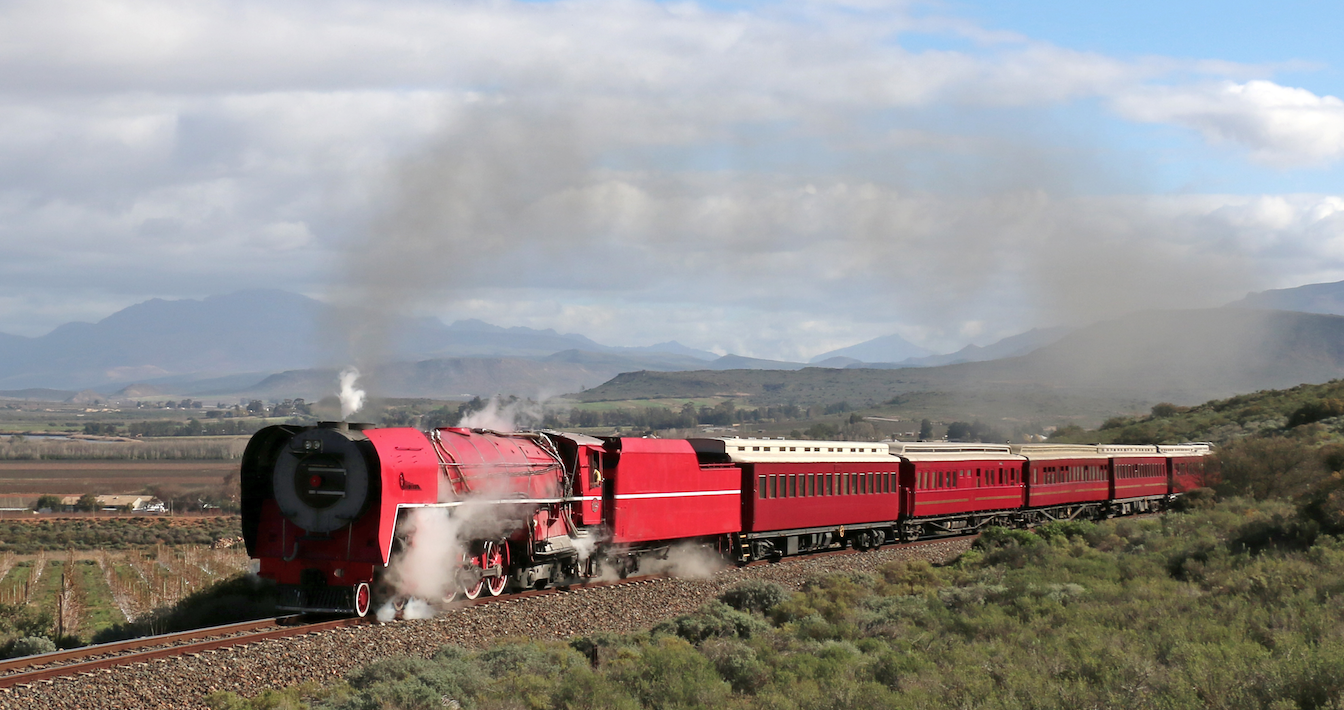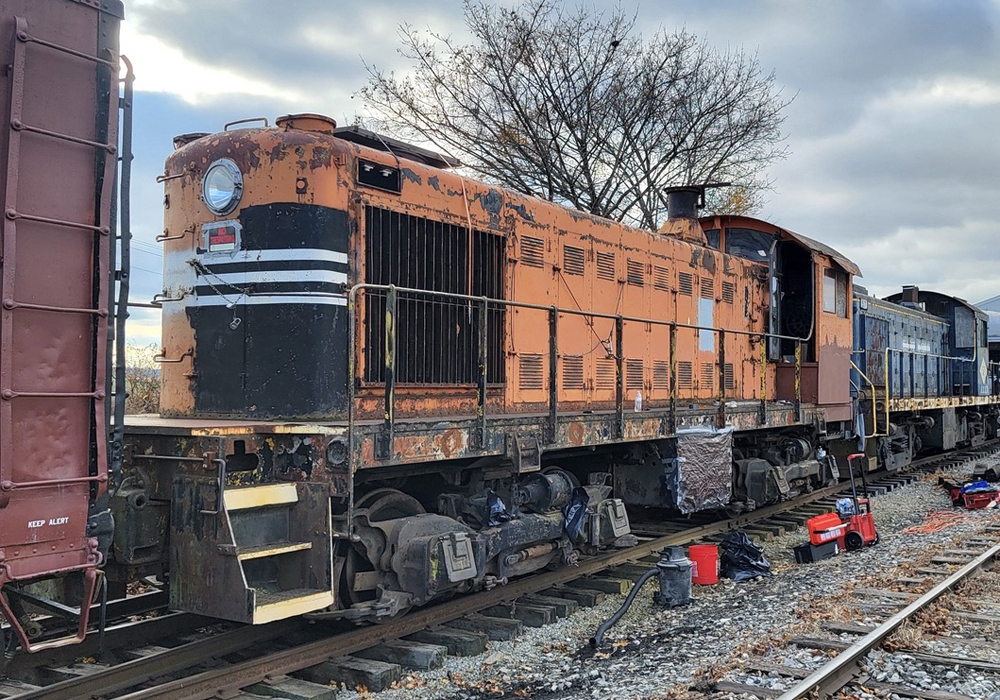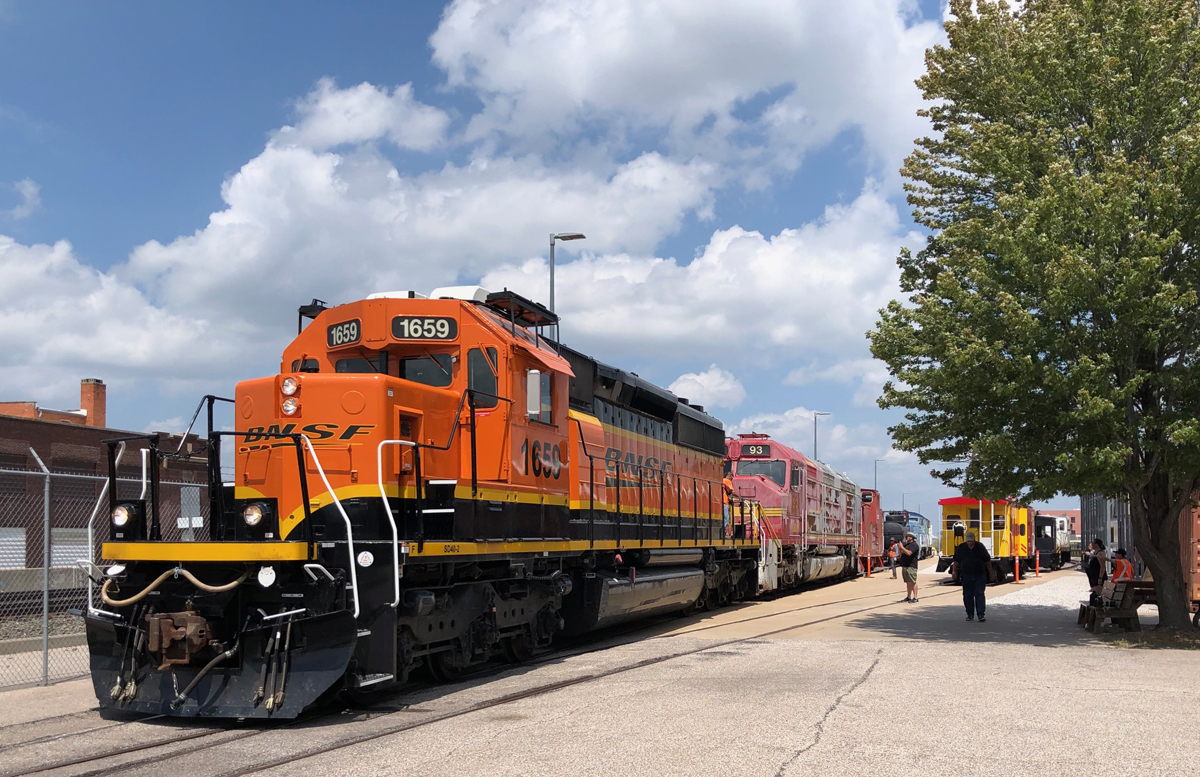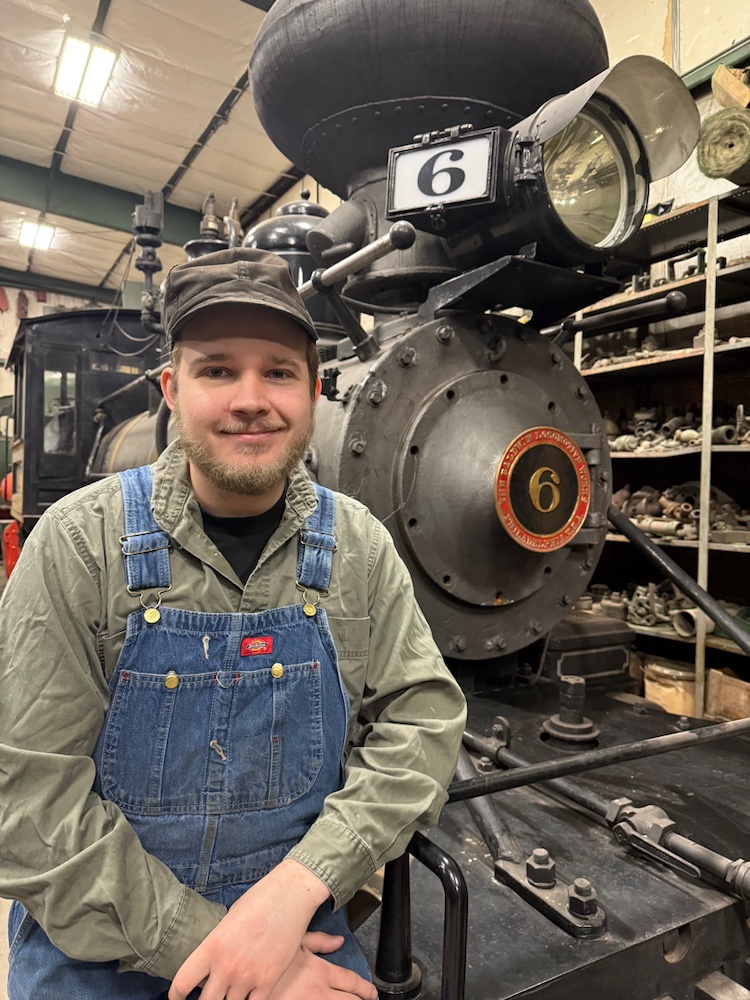The unique Class 26 4-8-4 No. 3450 Red Devil returned to the main line after overhaul with a test run on July 3. Cape Town-based steam tourist train operator Ceres Rail funded a four-month long overhaul and restoration on the locomotive. Red Devil had a total repaint into the signature vermillion red livery that gives it its nickname.
Henschel, in Kassel, West Germany, built the locomotive in 1953 as a Class 25NC, and was overhauled in 1981 in an attempt to show that reciprocating steam power had a viable future. The modifications made for the tests were based upon development work undertaken by Argentine engineer L.D. Porta and aimed to increase the amount of steam available while reducing the amount of fuel required. They included conversion to a coal gas-producing fire box, the fitting of a new Lempor exhaust and improved lubrication. Tests between 1981 and 1984 showed that compared to an unmodified Class 25NC, the new Class 26 used 28 percent less coal and 30 percent less water while increasing power output by up to 43 percent. Despite these positive results no further locomotives were converted with new diesel and electric engines being bought instead.
The locomotive had been stored since 2004 at Monument station in Cape Town owned by the Transnet Heritage Foundation, but was in the care of local railfans. The locomotive remains the property of Transnet but is now leased to Ceres Rail which will use it to operate special trains between Cape Town and Robertson in the Western Cape wine region — the first trip was just ten days after the initial test run.















Ron Salters, 42 inch gauge was used in most British colonies, including Newfoundland (now a Canadian province), where the railway no longer exists. 42 inch gauge is still used in New Zealand and in the Australian state of Queensland, among other places.
Robert Ray is correct: the improvements to this loco were made by David Wardale using ideas from L. Porta, a steam engineer in Argentina. But the efforts were too late in the game. The red paint scheme is unique to this loco since all the other 4-8-4’s were painted plain “engine black”. Some of these engines had extra-long tenders and were equipped with condenser apparatus so that exhaust steam could be converted back to water.
The Red Devil is an impressive locomotive, and the engineering improvements that I have read about make you wonder what the output of a large American 4-8-4 would be if the same improvements would be applied. Can you imagine the N&W 611 or the ATSF 2926’s power output with those improvements.
This loco is narrow-gauge, 42 inches I think, which is called “Cape Gauge” there.
Wikipedia says 117 tons (locomotive only without tender), 52,000lb tractive effort, maximum recorded Hp 1,490
What a beauty !
Just looking at the photos, she looks like a fairly large engine. The article states she is a 4-8-4. I wonder how she stacks up against other 4-8-4’s like NS 611 and UP 844 as far as tractive effort, horse power, size dimensions etc.
Now, imagine N&W No. 611 painted entirely in Tuscan red with gold trim. That would be spectacular!
The redesign was done by a British engineer, D. Wardale. He wrote a book about it (and his other efforts to improve steam) called oddly enough ‘The Red Devil.’ Used copies may be available. A very interesting read.
My memory he got little support from the railway.